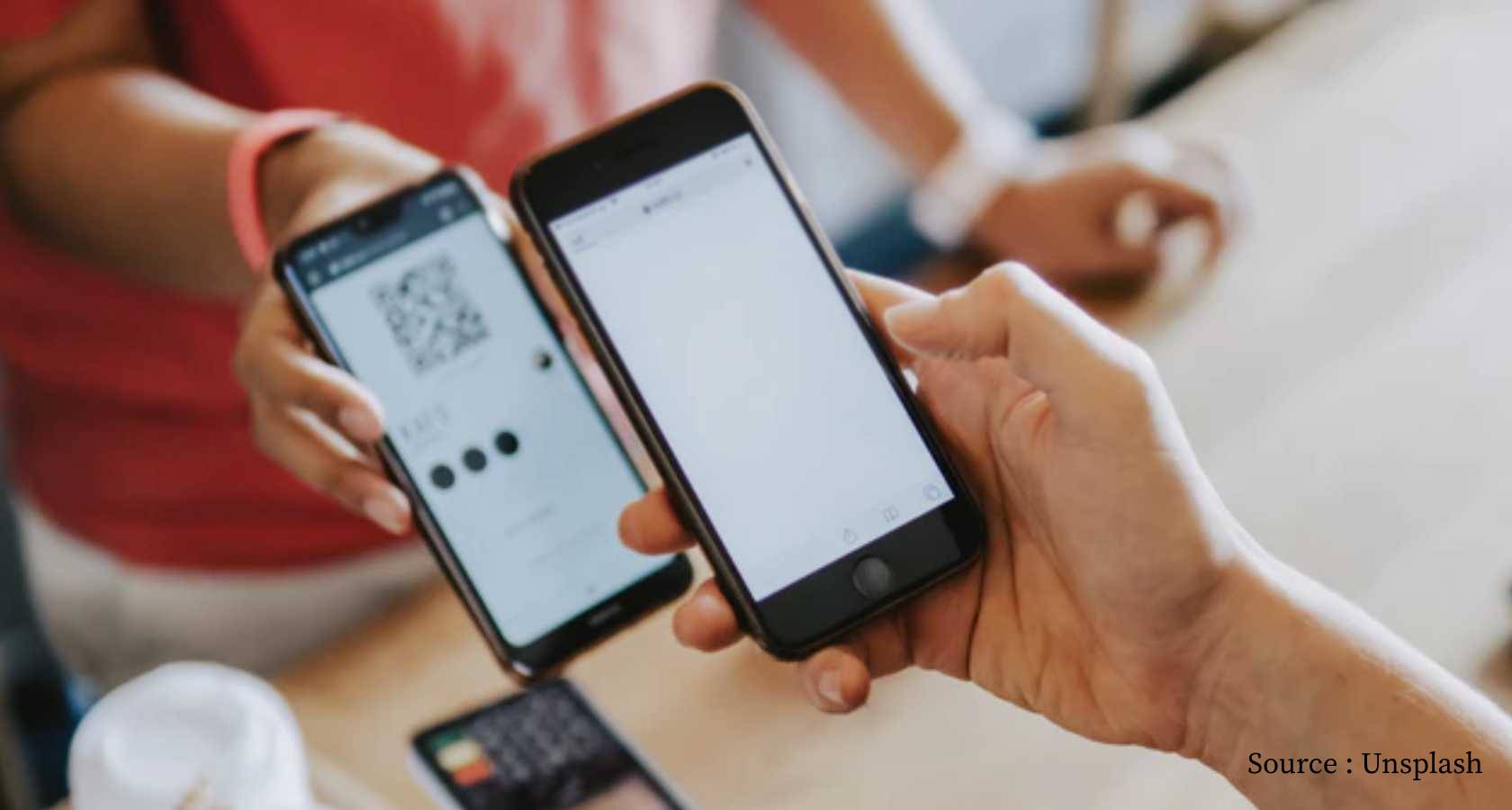
Mobile Money for Financial Inclusion
July 4, 2021
The 2030 Sustainable Development Goals (SDGs) are the goals set by United Nations for creating more prosperous and equitable world economy. There are seventeen major goals under the SDGs. Since the goals are primarily about economic development and subsequent upliftment in overall living standards of people, financial inclusion is a prominent element of the SDGs. In fact, financial inclusion and access to finance feature in eight of the seventeen SDGs. Globally, financial inclusion and access to finance is a universally accepted pre-requisite of financial development and upliftment of living standards.
For developing economies, a number of steps can be taken to improve financial inclusion. Since most of the population is out of the reach of traditional financial instruments and facilities such as banks accounts, credit cards and other non-banking services such as insurance, use of modern technology and communication network can be used to fill that gap. Mobile financial services can be a major contributor towards filling that gap. It has a two-pronged effect of enhancing access to financial services while also helping bridge the digital divide.
A report by UNCDF foresees a growth amounting to more than 3.7 trillion dollars over a ten-year period to the world economy through the digital finance related services including mobile payment. The same report cites studies in Africa showing that the easier access to finance provided by mobile money services has enabled better utilization of domestic economic resources to help national economic development.
Being a developing country, Nepal also has wide disparity in access to finance. Low income and less tech savvy people working in informal sectors and those self-employed in farming and cottage industry do not have easy access to financial services. They are also less aware of how to mobilize their monetary resources in a better way. They are less aware of banking facilities and often end up indebting themselves to local lenders enforcing cyclic interests to even petty loans. This situation has helped exacerbate the situation for a lot of low-income, disenfranchised communities. An easy access to financial services such as banking, saving, easy loans and transparent records through mobile financial services shall have a transformative effect on the financial lives of these people.
Wide availability of intuitive, user-friendly and secure mobile financial service shall financially empower a lot of people. They shall be able to carry their savings electronically without threat of losing or being robbed of their precious money. Similarly, ability to pay from their pockets through mobile shall enable farmers, small traders, cottage industry owners and small entrepreneurs have easy, quick and secure access to markets, financial institutions and consumers. This shall eventually lead to reduced accessibility gap and greater financial inclusion. UNCDF believes that an easier and affordable availability of suitable financial products such as savings, credit, insurance, payments, remittances etc. shall empower individuals and micro, small & medium businesses.
While the range of services and general acceptability of mobile money is at their initial stages of maturity, the flexibility provided by technology shall be helpful in extending financial services to a wider spectrum of people. With wider access to financial services over use of technology, the goal of financial inclusion shall also be nearer to realization. With continuing technological development and ongoing innovation in making the ecosystem more secure and user friendly, the impact of digital mobile financial services on livelihood and economies shall continue to be more prominent.